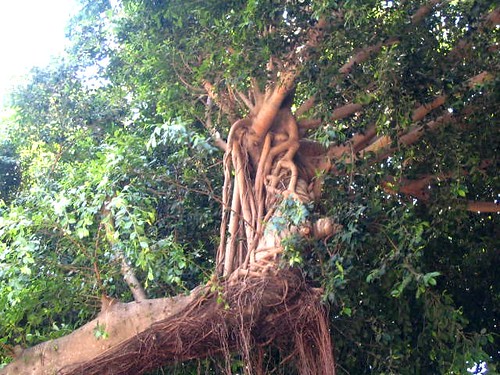Building a branch from UPSTEM to the HSC: co-creating infrastructure and skills to increase student diversity and success in our health professional schools

An unmet goal of the U’s health professional programs, including the schools of medicine and dentistry, is to educate diverse cohorts of students who reflect our local and regional communities. To address this longstanding challenge we propose creating a formal collaboration between the HSC and a main campus program that has already made a thoughtful investment in inclusive infrastructure. The Center for Science and Mathematics Education has an innovative HHMI-funded program (UPSTEM) to support success of undergraduates transferring from SLCC, the most diverse population of undergraduates in the state; see: https://csme.utah.edu/upstem/. The goals of the UPSTEM program include building infrastructure to directly support student learning and success, assessing the climate for inclusivity and providing faculty development to create more inclusive student experiences. The immediate goal of this proposed project is to begin a formal collaboration between faculty on main campus who teach undergraduates interested in health professions, including the UPSTEM program leadership, with interested students, community leaders and HSC faculty to co-create a plan for increasing the diversity of our health professional schools. This plan may include recommendations for curricula, identity development programs, faculty development, NIH T34 Bridges to Baccalaureate Biomedical Research grant proposal and/or post-baccalaureate program. This project addresses goals 2-4 of the U’s strategic plan.
Current Status
2021-09-11
Abstract:
An unmet goal of the U’s health professional programs, including the Schools of Medicine and Dentistry, is to educate diverse cohorts of students who reflect our local and regional communities. To address this longstanding challenge, we created a formal collaboration between the HSC and UPSTEM program in the Center for Science and Mathematics Education that supports diverse populations of undergraduates who transfer from SLCC. After several productive meetings in early 2020, COVID forced us to significantly change our original plans of hosting three in-person retreats. Instead, we invested the funding in having the Center for Clinical and Translational Sciences’ (CCTS) Community and Collaboration Engagement Team (CCET) conduct focus group interviews with minoritized students, parents and academic advisors to identify barriers to entering STEM and medical fields for disadvantaged students and possible ways to overcome them. Transcripts from these discussions were coded using content analysis, which allowed for the identification of the following barriers: financial, identity, lack of know-how and access to resources, and mentorship. The understanding gained from this analysis is currently being used in the design and implementation of a new post-baccalaureate program in the school of medicine (PROMIS2U) that is focused on helping disadvantaged students enter medical school.
Collaborators
Janet Lindsley
School of Medicine
Biochemistry
Project Owner
Paloma Cariello
School of Medicine
Internal Medicine
Jordan Gerton
College of Science
Physics and Astronomy
Holly Godsey
College of Mines and Earth Sciences
Geology & Geophysics
Winifred Hobson-Rohrer
School of Medicine
Pediatrics
Wyatt Hume
School of Dentistry
School of Dentistry
Sara Lamb
School of Medicine
Internal Medicine
Boyd Richards
School of Medicine
Pediatrics
Project Info
Funded Project Amount$15K
Keywords
Student diversity, student success, health equity and inclusion, partnering with communities, health of our communities, co-creating a program with students, STEM, medicine, dentistry
Project Status
Funded 2020
Poster
View poster (pdf)
